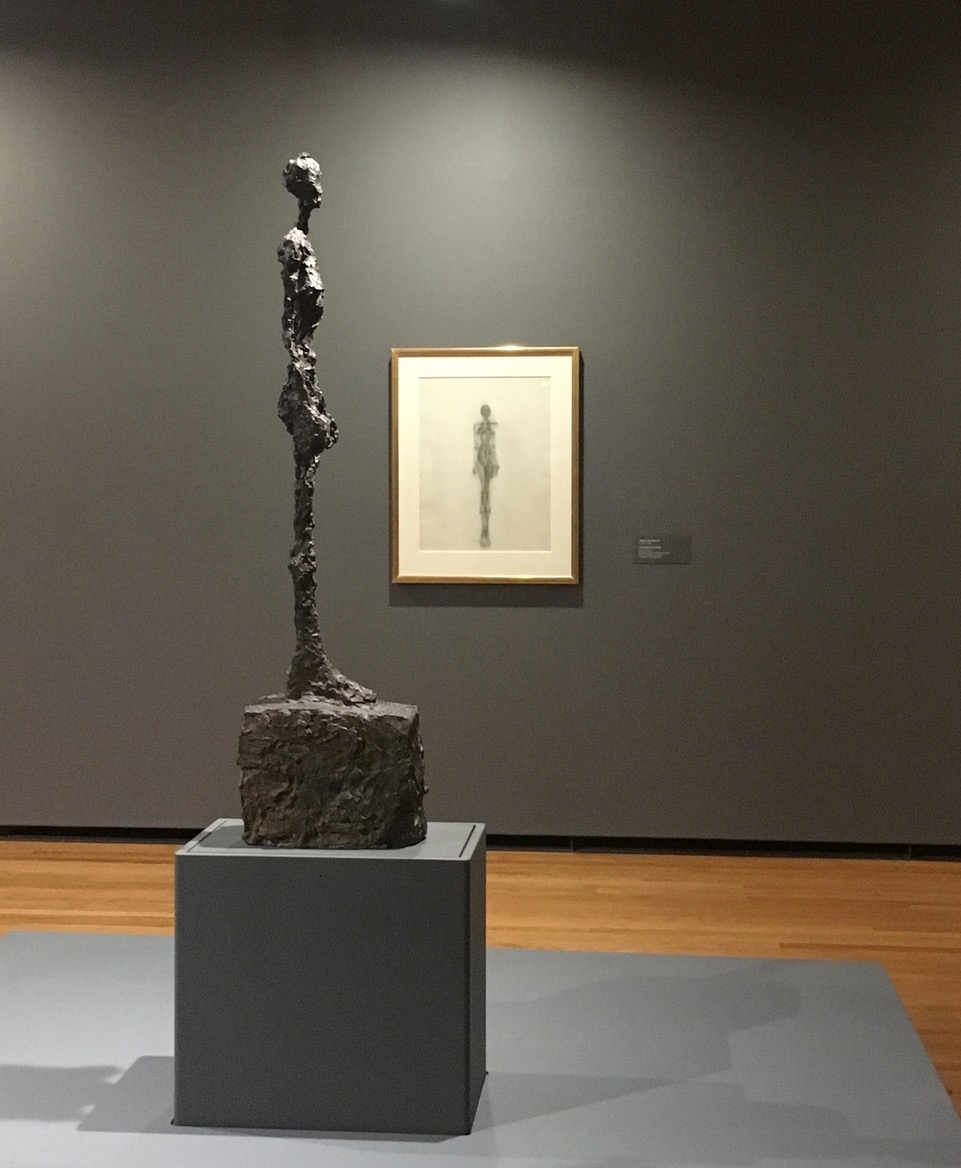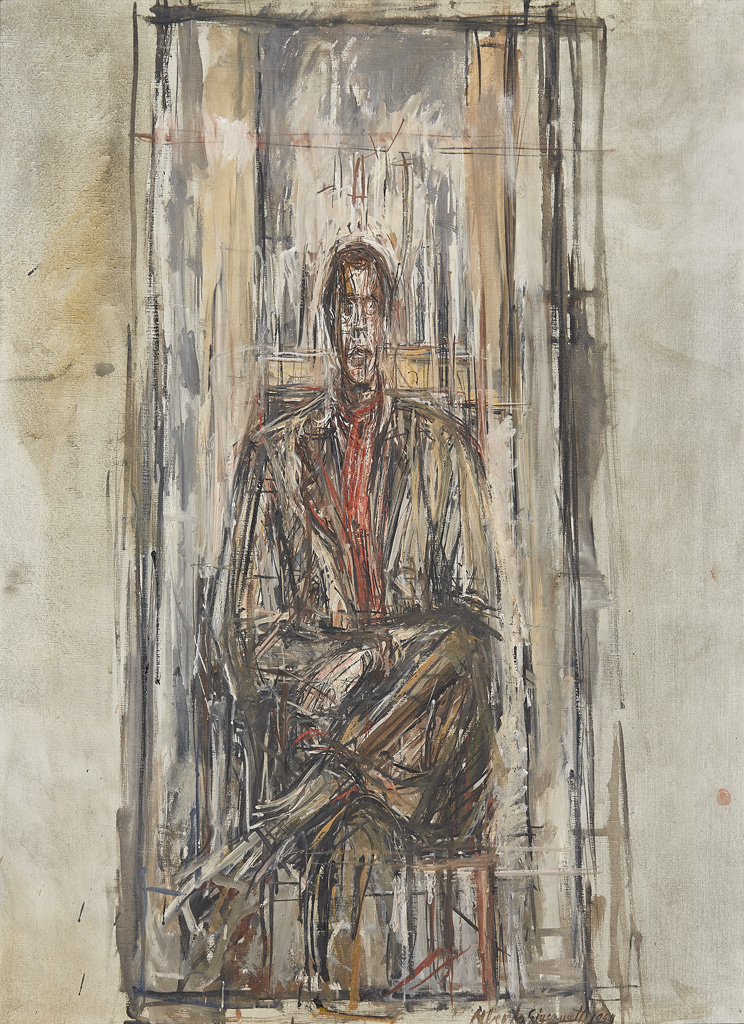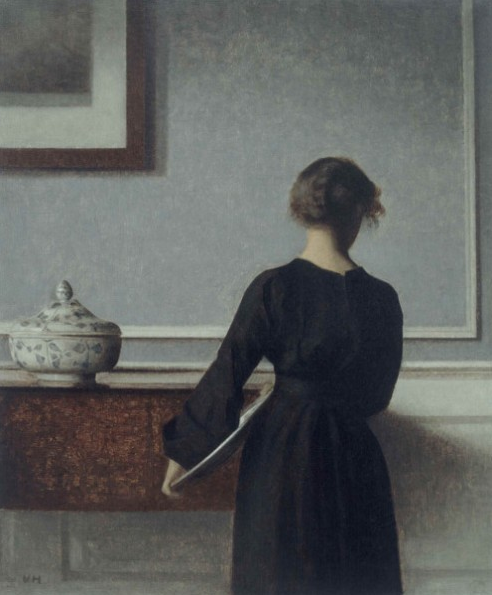The Triumph of the Frustrations: Sometimes We Need to Star in Our Own Movie
Walter Richard Sickert - Brighton Pierrots 1915, Tate
Well, yes, since you were asking, I can sing. I have a sweet voice, but it has a narrow range and a tendency to go a-wandering. At school I found my appropriate level as a rank-and-file member of the choir. I appreciated that there was safety in numbers. I knew my place.
Nonetheless, I always hankered after greater things. I yearned for the spotlight, for centre stage, imagining that there was a sensuous soul singer lurking deep within my awkward, apprehensive exterior.
The Pembroke College Talent Competition provided the ideal opportunity to test my mettle. And so I teamed up with my mate Thommo, who could both sing and play guitar. Conscious of my more limited skill-set, I suggested it would be best if he concentrated on the instrumental side of things.
We called ourselves The Frustrations, the idea being that we were ‘the thwarted Temptations.’ But to be honest we didn’t have too much in common with David Ruffin and co.
We put together a concise set of covers that would appeal to a broad range of student tastes. Iggy Pop’s ‘The Passenger’ had a menacing monotone verse and a rousing ‘la-la-la’ chorus. The Smiths’ ‘Please, Please, Please’ signalled a pale-and-interesting, wistful melancholia. And Andy Williams’ ‘Can’t Get Used to Losing You’ implied a certain supper-club sophistication.
'Guess there's no use in hangin' ‘round.
Guess I'll get dressed and do the town.
I'll find some crowded avenue,
Though it will be empty without you.
I can't get used to losin' you no matter what I try to do,
Gonna live my whole life thorough, loving you.’
Andy Williams, ‘Can’t Get Used to Losing You’ (J Pomus / M Shuman)
On the big night Thommo and I donned our shiny vintage suits, with pressed shirts and slim silk ties. As usual, I had my hair slicked back with Black & White coconut oil - I think I was channelling Spandau Ballet – and, of course, we both wore white towelling socks. We were from Croydon and Romford, and ours was the true sound of the suburbs.
The College bar was small, smoke-filled, dark and dingy, the only comfort supplied by the tatty orange-brown banquettes. Tonight it was crammed with students in combat jackets, pyjama tops and greasy Docs; with studded belts, ripped jeans and soaped-up hair.
And so it came to our turn at the microphone, and we edged onto the makeshift stage located neatly between the darts board and the jukebox. What we lacked in ability we made up for with youthful brio. And soon we had them swaying on the banquettes and singing along with the chorus. Our friends Rob and Doug enhanced the authentic gig experience by pelting us with plastic glasses.
No surprise perhaps that the Frustrations triumphed at the Pembroke College Talent Competition. The Holsten Pils bottles were cracked open, the jukebox was cranked up, and Thommo and I danced jubilantly into the early hours. ‘The sky was made for us tonight.’
'Get into the car.
We'll be the passenger.
We'll ride through the city tonight.
See the city's ripped backsides.
We'll see the bright and hollow sky
We'll see the stars that shine so bright.
The sky was made for us tonight.’
Iggy Pop, ‘The Passenger’ (J Osterberg / R Gardiner)
Many of us are naturally shy, polite, reserved. We are team players, happy to participate and contribute, without being centre stage. But that’s not always enough to sustain us. Sometimes it seems like we’re just extras or bit-part actors; as if we’re performing a supporting role in someone else’s film.
Just occasionally it serves us well to write our own script, to step into the spotlight, to deliver our own lines, to play the romantic lead – regardless of the constraints of talent. Sometimes we deserve to live life like the star of our own movie.
Subsequent to our success Thommo and I resisted the siren call of a music career and slipped quietly back into our erstwhile roles as geeky Classicists. We were happy enough with this outcome. We had got what we wanted. This time.
'Good time for a change.
See, the luck I've had
Can make a good man
Turn bad.
So please, please, please
Let me, let me, let me,
Let me get what I want
This time.'
The Smiths, ‘Please, Please, Please, Let Me Get What I Want’ (J Marr / S Morrissey)
No. 294





